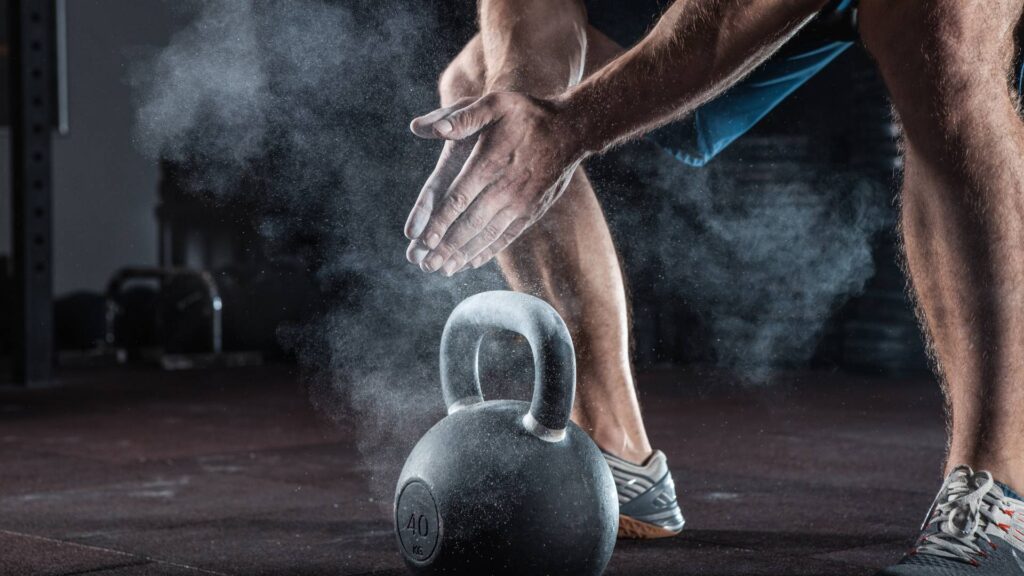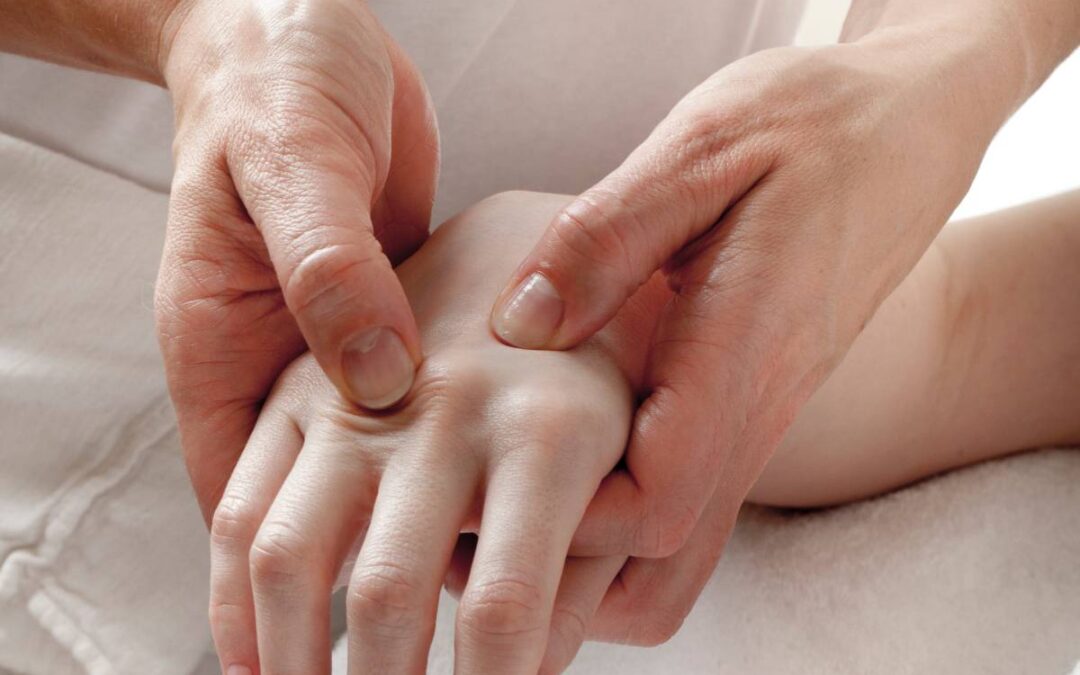Chiropractic manual therapy is an alternative therapeutic approach that uses hands-on techniques to heal the body. It is based on the belief that the body can heal itself and that by aligning the musculoskeletal system, the body can function at its optimal level. In this blog, we will explore the science behind chiropractic manual therapy and how it works. We will also delve into different techniques used in this approach to healing and how they are applied to treat common musculoskeletal conditions. Additionally, we will discuss how chiropractic manual therapy can enhance athletic performance and benefit childhood development through pediatric techniques. Join us as we take a closer look at chiropractic manual therapy and how it can benefit your overall health and well-being.
The Science Behind Chiropractic Manual Therapy: The Principles of Hands-On Healing
Chiropractic manual therapy is a form of alternative medicine that focuses on the diagnosis and treatment of mechanical disorders of the musculoskeletal system, particularly the spine. It is based on the principle that proper alignment of the body’s musculoskeletal structure, particularly the spine, allows the body to heal itself without the need for surgery or medication. The science behind chiropractic manual therapy involves several key principles:
Spinal Manipulation
The cornerstone of chiropractic therapy is spinal manipulation, also known as chiropractic adjustment. Chiropractors use their hands or specialized instruments to apply controlled, sudden force to specific joints of the spine. This manipulation aims to restore joint mobility, alleviate pain, and improve overall function. The exact mechanisms underlying spinal manipulation are still being studied, but it is believed to affect joint function, reduce muscle spasms, and stimulate the nervous system.
Biomechanics and Alignment
Chiropractors emphasize the importance of proper alignment and biomechanics of the spine. They believe that misalignments or subluxations of the vertebrae can disrupt nerve function and lead to pain and dysfunction in various parts of the body. By applying manual techniques, chiropractors aim to restore proper alignment and biomechanics, allowing the body to function optimally.
Nervous System Influence
Chiropractors recognize the close relationship between the spine and the nervous system. The spine protects the spinal cord, which is an extension of the central nervous system. It is believed that misalignments in the spine can interfere with nerve signals, affecting the communication between the brain and the body. By addressing spinal misalignments, chiropractors aim to improve nervous system function, which may have a positive impact on overall health.
Pain Modulation
Chiropractic manual therapy is known to have analgesic (pain-relieving) effects. The exact mechanisms behind this pain modulation are not fully understood, but several theories exist. One theory suggests that spinal manipulation stimulates the release of endorphins, which are natural pain-relieving chemicals produced by the body. Another theory proposes that manipulation may inhibit the transmission of pain signals in the nervous system.
Patient-Centered Approach
Chiropractors typically take a holistic and patient-centered approach to healthcare. They consider the individual as a whole, taking into account factors such as lifestyle, nutrition, and stress levels. Chiropractic care often involves patient education, exercise, and lifestyle modifications to support the healing process and promote overall well-being.
This complementary medicine can help with conditions like neck pain, low back pain, headaches, and many more. Patients report significant improvement without serious complications.
Exploring Different Chiropractic Manual Therapy Techniques

Chiropractic manual therapy techniques encompass a variety of methods used by chiropractors to diagnose and treat musculoskeletal conditions. These techniques aim to restore proper alignment and function to the spine and other joints, alleviate pain, and improve overall well-being. Here are some common chiropractic manual therapy techniques:
- Spinal Manipulation: Also known as a chiropractic adjustment, spinal manipulation involves applying controlled, sudden force to specific joints of the spine. This technique improves joint mobility, reduces pain, and enhances nervous system function.
- Spinal Mobilization: Similar to spinal manipulation, spinal mobilization uses gentle, low-velocity movements to stretch and mobilize the spine. It is often employed when a patient requires a more gentle approach, such as those with osteoporosis or individuals who prefer a less forceful technique.
- Soft Tissue Techniques: Chiropractors may utilize various soft tissue techniques to address muscle tension, trigger points, and soft tissue injuries. Examples include myofascial release, deep tissue massage, and instrument-assisted soft tissue mobilization (IASTM).
- Active Release Technique (ART): ART is a soft tissue technique that involves the application of precise pressure and movement to alleviate scar tissue adhesions and muscular imbalances. It is commonly used to treat conditions like tendonitis, muscle strains, and overuse injuries.
- Flexion-Distraction: This technique is primarily used for treating conditions affecting the lumbar spine, such as disc herniations and spinal stenosis. It involves a gentle, rhythmic motion that stretches the spine and helps decompress intervertebral discs.
- Thompson Drop Technique: This technique uses a special chiropractic table with segments that can be raised and then dropped during the adjustment. The dropping motion helps the chiropractor apply a quick thrust without excessive force.
- Gonstead Technique: The Gonstead technique emphasizes a thorough analysis of the spine, including X-rays and precise manual adjustments. It involves specific adjustments aimed at correcting misalignments and addressing individual patient needs.
- Activator Technique: The Activator Method uses a handheld instrument called an activator to deliver a gentle impulse to the spine. This low-force technique is suitable for patients who prefer a more gentle approach or those with certain conditions that require a lighter touch.
- SOT (Sacro-Occipital Technique): SOT focuses on the relationship between the sacrum (the triangular bone at the base of the spine) and the occiput (the base of the skull). This technique uses specialized blocks placed under the pelvis to address imbalances and restore proper spinal alignment.
- Cox Flexion-Distraction: Cox Technique involves a specialized chiropractic table that provides controlled flexion and distraction movements to the spine. It is commonly used to treat disc herniations, sciatica, and spinal stenosis.
It’s important to note that the choice of technique depends on various factors, including the patient’s condition, preferences, and the chiropractor’s expertise. Chiropractors often employ a combination of techniques tailored to each individual’s needs for the best possible outcomes.
The Role of Chiropractic Manual Therapy in Treating Common Musculoskeletal Conditions
Chiropractic manual therapy plays a crucial role in the treatment of common musculoskeletal conditions. With a focus on the relationship between the spine and the nervous system, chiropractors employ hands-on techniques to alleviate pain and restore proper function. By performing adjustments and manipulations, they aim to correct misalignments or subluxations in the spine, which can lead to various musculoskeletal issues.
Chiropractic care has been found effective in treating conditions such as back pain, neck pain, headaches, and joint problems. The manual techniques used by chiropractors help to reduce inflammation, improve joint mobility, and enhance overall musculoskeletal health. Additionally, chiropractors often provide patients with exercise and lifestyle recommendations to support their recovery and prevent future injuries. The holistic approach of chiropractic manual therapy makes it a valuable treatment option for individuals seeking non-invasive and drug-free solutions to their musculoskeletal problems.
Enhancing Athletic Performance through Chiropractic Manual Therapy

Enhancing athletic performance through chiropractic manual therapy offers a holistic and effective approach to optimizing physical capabilities. By focusing on the body’s musculoskeletal system, chiropractors can help athletes improve their range of motion, flexibility, and overall biomechanics. Through manual adjustments and manipulations, chiropractic care can address joint dysfunctions, reduce muscle imbalances, and alleviate pain or discomfort caused by sports-related injuries.
Moreover, chiropractors often incorporate complementary treatments such as soft tissue therapies and rehabilitation exercises, providing athletes with a comprehensive plan to enhance performance, prevent future injuries, and promote overall well-being. By aligning the body’s structure and improving nervous system function, chiropractic manual therapy plays a vital role in supporting athletes’ athletic goals and enabling them to perform at their peak.
Pediatric Chiropractic Manual Therapy: Gentle Techniques for Childhood Development
Pediatric chiropractic manual therapy offers a gentle and specialized approach to support optimal childhood development. By using gentle techniques tailored explicitly for infants, children, and adolescents, chiropractors aim to address potential musculoskeletal imbalances that may impact their overall well-being. These techniques focus on promoting proper spinal alignment, joint mobility, and nervous system function, which are crucial for a child’s growth and development.
With a deep understanding of pediatric anatomy and development, chiropractors utilize safe and age-appropriate adjustments to help alleviate discomfort, improve posture, and enhance the body’s natural healing abilities. The gentle nature of pediatric chiropractic manual therapy ensures that children feel comfortable during the treatment, allowing them to experience improved mobility, better sleep, and enhanced overall health and vitality.
Conclusion
Chiropractic manual therapy is a hands-on approach to healing that aims to restore proper function and mobility to the body’s musculoskeletal system. The science behind chiropractic manual therapy is grounded in principles such as the nervous system’s role in maintaining the body’s overall health and wellness. Chiropractors can address musculoskeletal conditions, from back pain to sports injuries, by applying various techniques, such as spinal manipulation and mobilization. Chiropractic manual therapy can also help enhance athletic performance and promote childhood development through gentle, non-invasive techniques. If you’re looking for a natural way to improve your musculoskeletal health, consider trying chiropractic manual therapy with Integrative Chiropractic.

